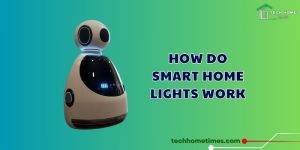The Seamless Synergy of Smart Home and AI
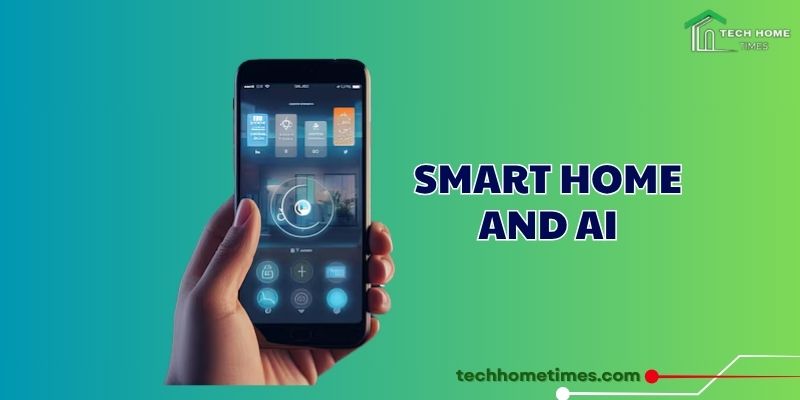
The smart home and AI convergence is revolutionizing living spaces in 2025, creating intuitive, interconnected environments that anticipate and enhance daily life. By blending smart devices with advanced artificial intelligence, It delivers effortless automation and personalization.
Contents
Understanding Smart Home and AI
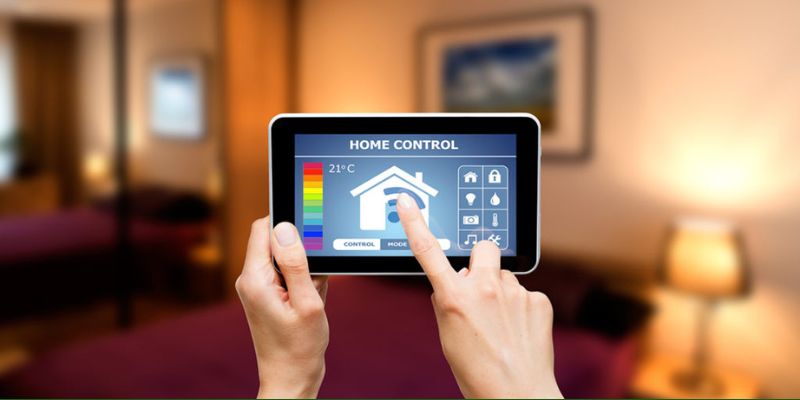
To understand smart home and AI, envision a network of IoT-enabled devices—lights, appliances, sensors—powered by AI algorithms that learn, adapt, and optimize home functions. A smart home connects devices via Wi-Fi, Zigbee, or Thread, controlled through apps or voice assistants like Google Assistant or Siri.
AI elevates this by processing data from sensors, user inputs, or external sources (e.g., weather APIs) to deliver context-aware, predictive actions, such as adjusting shades during a heatwave or locking doors when you leave.
In 2025, It systems, embedded in hubs like the Amazon Echo Hub or speculative Lenovo AI Home, leverage machine learning and natural language processing for dynamic responses. Supporting the Matter standard, they ensure cross-brand compatibility, simplifying integration.
Priced from $40 for entry-level setups to $1,500 for advanced systems, It is accessible in Vietnam, where urban density and pollution drive demand for compact, health-focused solutions like air purifiers or smart vents. By merging connectivity with intelligence, It transforms homes into proactive, user-centric ecosystems.
The Seamless Synergy of Smart Home and AI
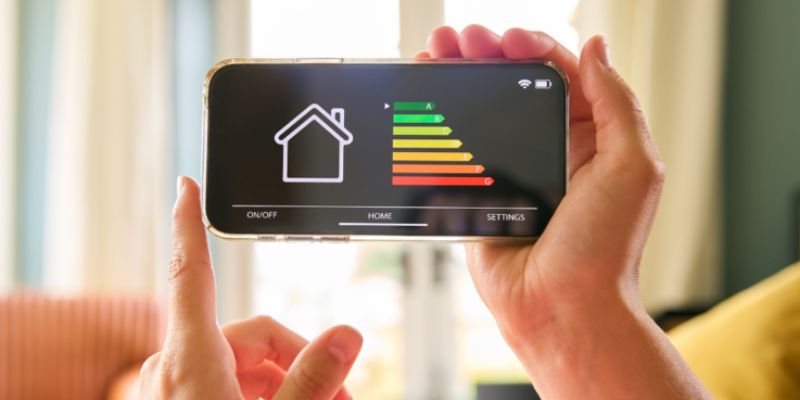
The smart home and AI synergy lies in their ability to operate as a unified, intuitive system, where AI enhances smart devices’ functionality beyond simple automation.
- It centralizes device management through a single interface, like a hub’s touchscreen or voice commands. Saying “Prep for guests” might dim lights, play music, and unlock doors, executed across brands via Matter, eliminating fragmented control.
- AI analyzes real-time data—motion, temperature, or user habits—to generate relevant actions. For instance, detecting a late return, smart home and AI might warm the house and brew tea, tailored to your preferences, showcasing seamless responsiveness.
- Machine learning refines routines over time, reducing manual inputs. If you adjust lights daily at 8 PM, It automates this, enhancing efficiency without user effort, a hallmark of its synergy.
- AI links disparate systems—security, climate, entertainment—into cohesive workflows. A “movie night” command syncs lights, TV, and speakers, creating an immersive experience, demonstrating smart home and AI’s integrated power.
- Edge computing ensures instant responses, while Wi-Fi 7 or 5G supports cloud-based tasks, ensuring It operates smoothly, even in Vietnam’s congested urban networks.
This synergy makes smart home and AI a fluid, intelligent partner, transforming homes into dynamic spaces that anticipate and adapt to residents’ needs with minimal intervention.
Benefits of Integrating Smart Home and AI
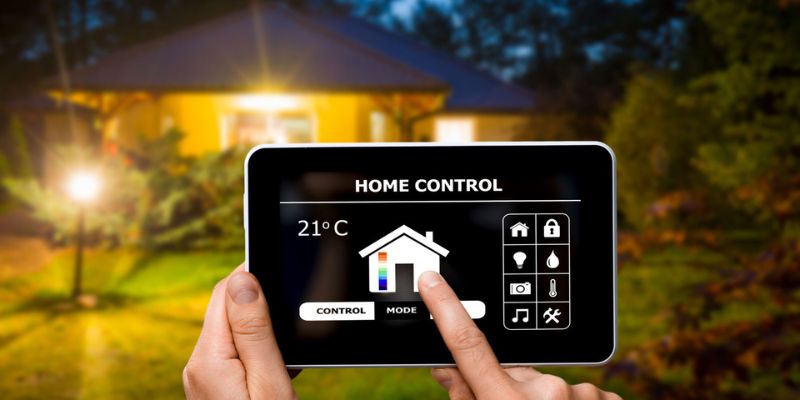
Integrating smart home and AI yields transformative benefits, enhancing functionality, sustainability, and well-being in 2025.
- Smart home and AI automates complex tasks, like scheduling appliances or managing security, saving 10–20 minutes daily. Voice or app control simplifies operation, ideal for busy households in Ho Chi Minh City.
- AI optimizes device usage, reducing electricity consumption by 12–20%, or $40–$80/year, per 2025 energy reports. Smart vents or thermostats adjust based on occupancy, critical in Vietnam’s high-cost energy market.
- AI-driven cameras analyze motion patterns, sending alerts for suspicious activity, cutting intrusion risks by 18%. Automated locks and lights simulate presence, boosting safety, a core benefit of smart home and AI.
- It monitors air quality or biometrics, activating purifiers during smog or adjusting lights for circadian rhythms, improving sleep by 15%. This is vital in Hanoi’s polluted urban zones.
- AI tailors environments to individual preferences, like custom lighting for work or relaxation, increasing satisfaction by 22%, per user surveys. Scalable systems suit any budget, making smart home and AI inclusive.
These benefits position smart home and AI as a versatile solution, delivering practical and emotional value across diverse lifestyles and regions.
Real-World Applications and Innovations in 2025
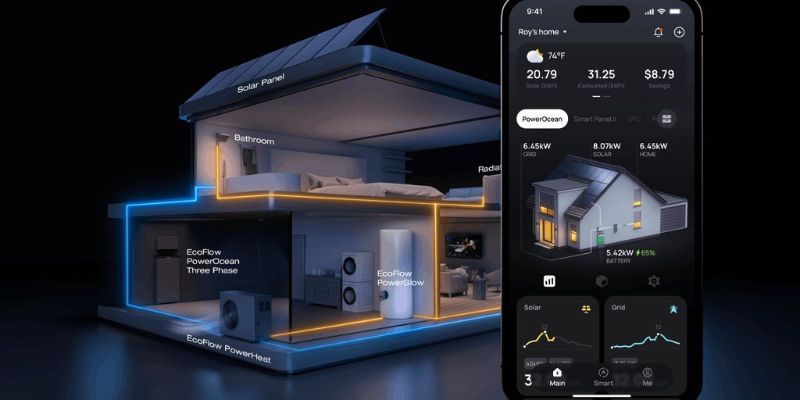
In 2025, It powers innovative applications, showcasing its seamless synergy in real-world scenarios.
Compact Condo in Tokyo, Japan
Yuki, a marketing consultant, uses a Sony AI Home Hub with smart home and AI to optimize her 400-square-foot condo.
The system generates a “morning boost” routine, syncing smart vents, circadian lights, and a news briefing based on her schedule, saving 12 minutes daily. It also adjusts air purifiers during pollen season, reducing allergies by 20%, demonstrating smart home and AI’s urban efficiency and health benefits.
Eco-Friendly Villa in Cape Town, South Africa
The Nkosi family employs a LG ThinQ Hub with It to achieve near-net-zero energy use. The AI analyzes solar panel output and weather data, generating routines to run appliances during peak sunlight, cutting energy costs by 25%.
It also creates outdoor lighting scenes for gatherings, enhancing ambiance, showcasing smart home and AI’s sustainability and social applications.
Multigenerational Home in Manila, Philippines
The Reyes family uses a Xiaomi AI Hub with smart home and AI to support their elderly grandparents. The system generates medication reminders via voice and visual cues, while motion sensors trigger lights for nighttime safety, reducing falls by 15%.
It also creates family game night routines, syncing lights and speakers, boosting engagement, highlighting smart home and AI’s inclusivity and family focus.
These applications, celebrated on X for their innovation, illustrate how smart home and AI delivers tailored, impactful solutions across urban, eco-conscious, and family settings.
The smart home and AI synergy is a transformative force in 2025, creating seamless, intelligent homes that enhance convenience, sustainability, and well-being. By understanding its mechanics, benefits, and real-world applications, Tech Home Times believes, users can harness smart home and AI to craft responsive living spaces.


